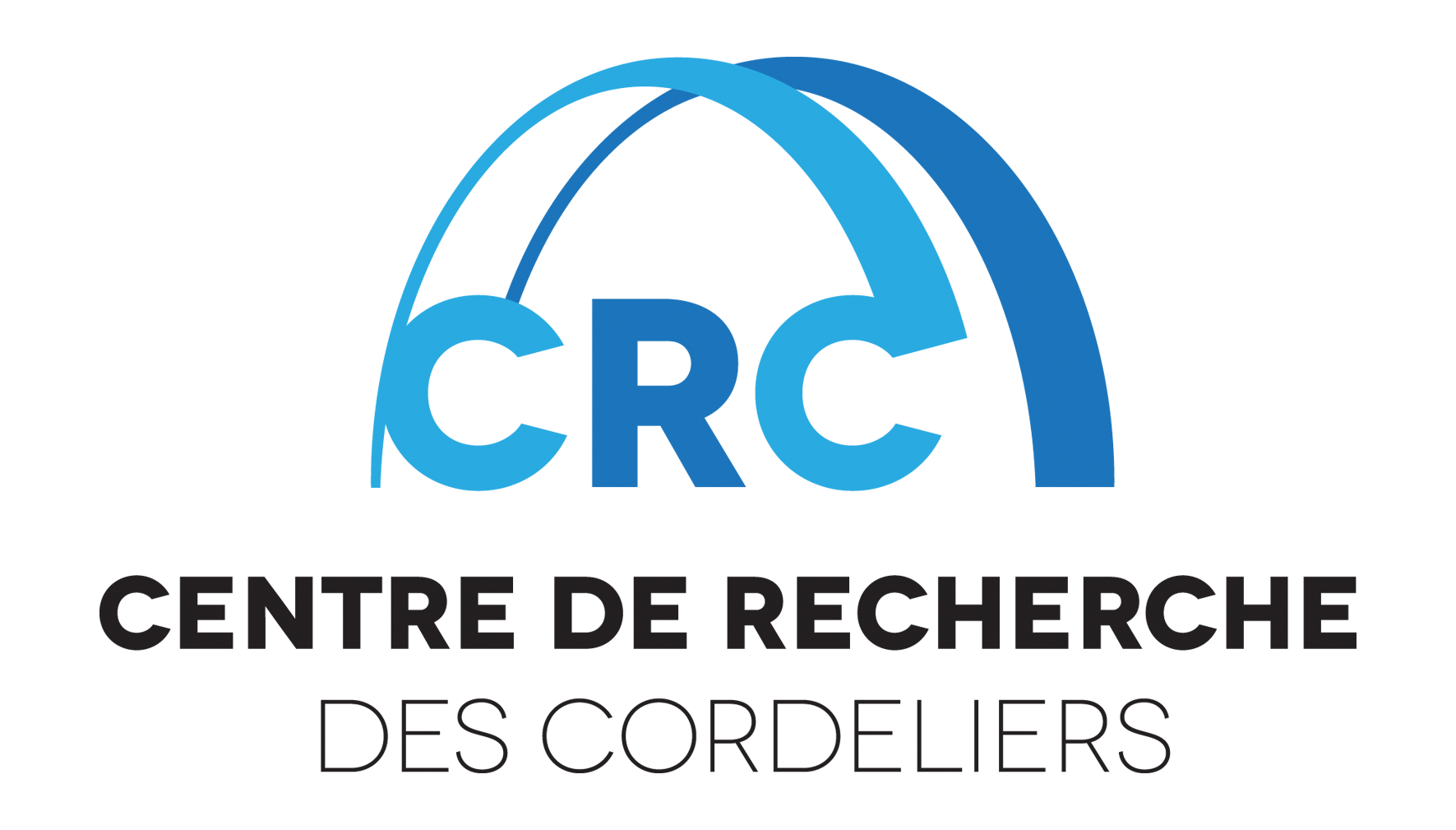Par : Anna Blom
Date : jeudi 13 janvier 2022
13:30 - 14:30
Lieu : Visioconférence
The complement system is one of the evolutionarily earliest developed immune systems with some components present as early as in sea cucumbers. It is so abundant and powerful in function that its discovery was awarded a Nobel Prize to Jules Bordet already in 1919. Complement is without a doubt a crucial blood component necessary for antimicrobial defence and has a long-described role in opsonizing extracellular pathogens for destruction by professional phagocytes. However, recent data show that the main complement factor C3 has so far unrecognized intracellular functions in cytoprotection by being able to interact with ATG16L1 and regulate autophagy in pancreatic beta cells. Further, intracellular C3 recognizes intracellular bacterial pathogens and protects cells from cytotoxic effects of cytokines. Despite the growing interest in intracellular C3 functions, the mechanism behind its generation is unclear. We propose that C3 can be present in the cytosol originating from an alternative translational start site, resulting in C3 lacking the signal peptide, which is therefore translated in the cytoplasm. In contrast to the secreted form, alternatively translated cytosolic C3 is not glycosylated and is present mainly in a reduced state. C3 can also be retrotranslocated from the endoplasmic reticulum into the cytosol, structurally resembling secreted C3. Future studies will elucidate specific functions for the various intracellular forms of C3 but it is already clear that C3 is involved in a complex network of interactions and functions within a cell, which are of relevance for diabetes, cancer and infections. It may even be so that intracellular functions of C3 preceded in evolution its egress into blood as component of the complement system.

